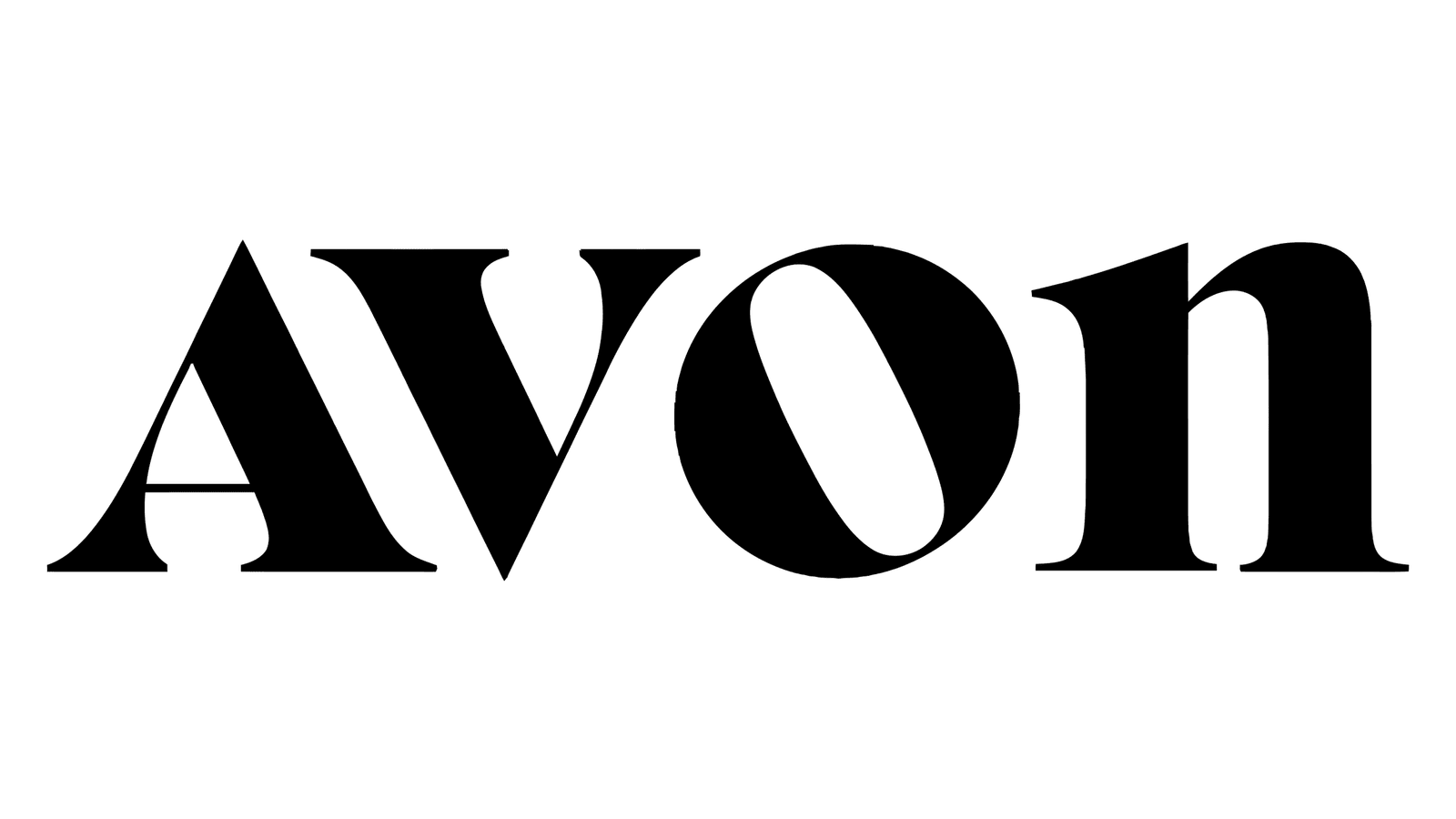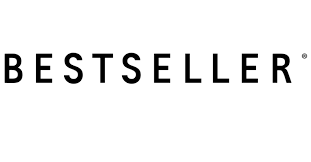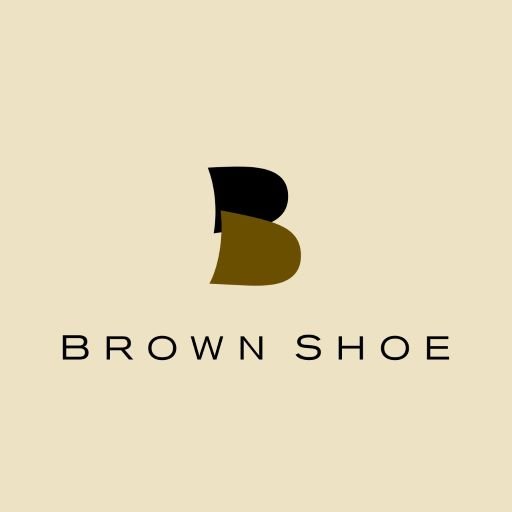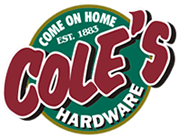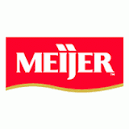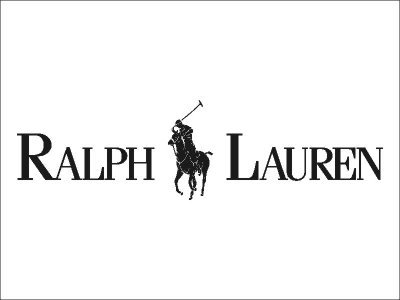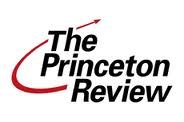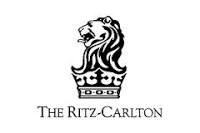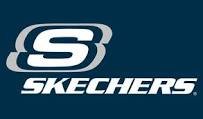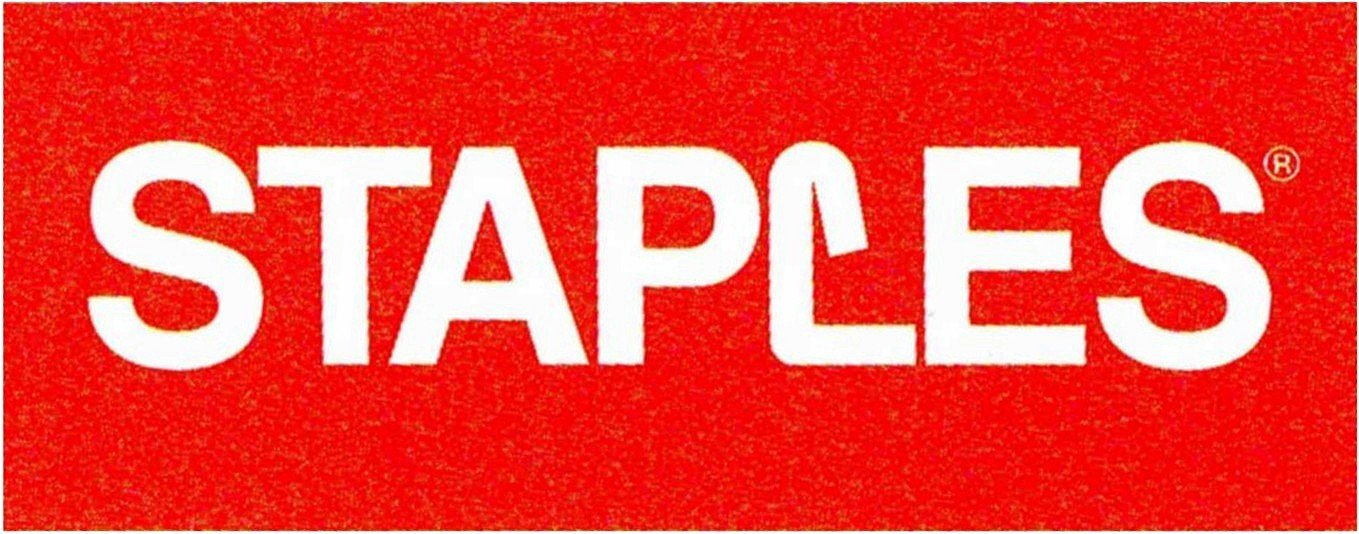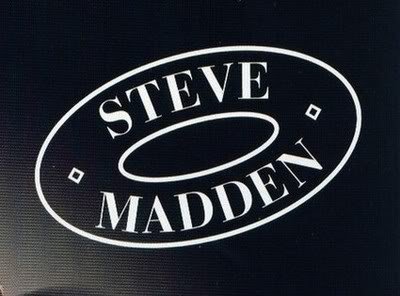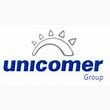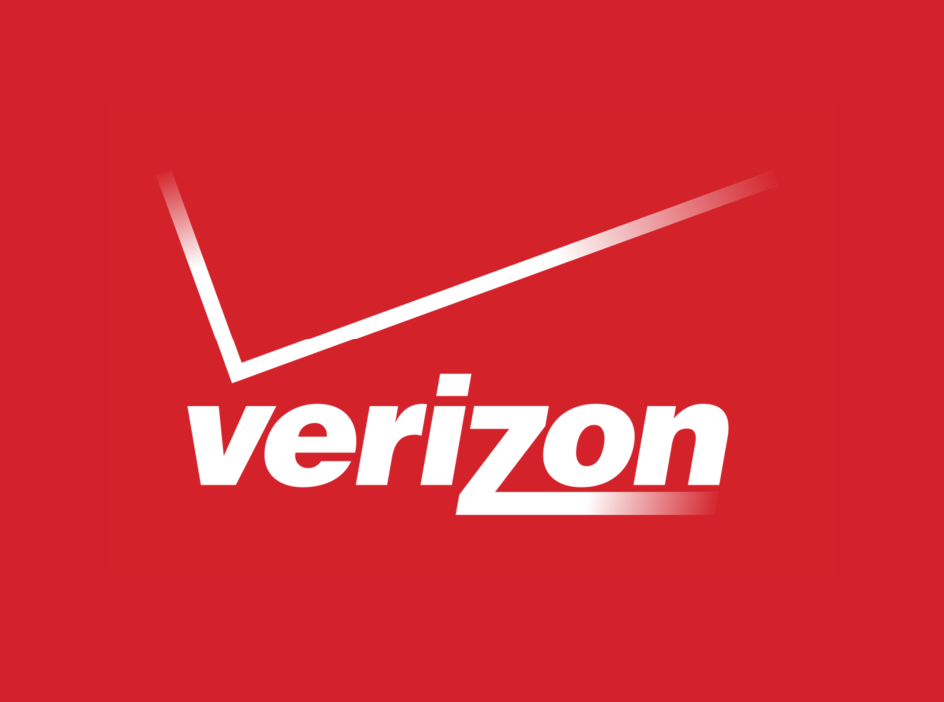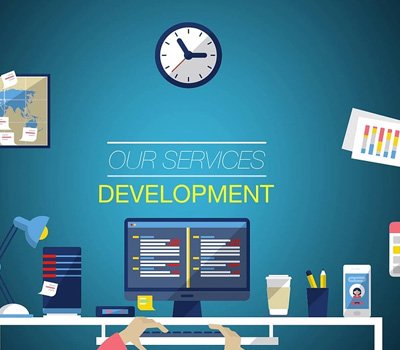
A performance culture refers to a work environment where each employee is motivated to perform to the best of their abilities and where high performance is recognized and rewarded. In a performance culture, there are clearly defined expectations for individuals and teams, and their performance is consistently measured and managed in relation to these expectations.
Key characteristics of a performance culture include:
- Clear Expectations: In a performance culture, the organization’s goals and the individual’s role in achieving those goals are clearly communicated. Employees understand what is expected of them and how their work contributes to the overall success of the organization.
- Accountability: Everyone is held accountable for their performance. Employees are responsible for meeting their performance goals, and leaders are responsible for providing the necessary support and resources.
- Continuous Feedback: Feedback is regularly provided to help employees improve their performance. This includes both positive feedback recognizing good performance and constructive feedback to help employees address areas of improvement.
- Recognition and Reward: High performance is recognized and rewarded. This can be in the form of bonuses, promotions, or other forms of recognition.
- Growth and Development: There is a focus on continuous learning and development. Employees are provided with opportunities to develop their skills and advance their careers.
- Open Communication: There is open and honest communication at all levels of the organization. Employees feel comfortable sharing their ideas and concerns, and leaders are transparent about the organization’s performance and plans.
The ultimate goal of a performance culture is to improve the overall performance of the organization. It is based on the belief that when employees are motivated and equipped to perform at their best, the organization as a whole will also perform at its best.
Ever wondered how certain retailers foster an exceptional performance culture within their organization?
A culture that makes individuals excel beyond others, sparks inspiration, and transforms ordinary employees into superstars?
Fostering a High-Performance Retail Culture
Interested in cultivating such an environment in your business? Here are 75 strategies to build a high-performance retail culture that could significantly boost your sales:
- Define what performance means for your organization.
- Document your definition.
- Consistently communicate this message.
- Ensure comprehension at all levels.
- Maintain consistent expectations.
- Identify who is shaping the culture and ensure their visibility.
- Assign Culture Champions.
- Determine performance standards.
- Document these standards.
- Regularly communicate these standards.
- Understand your key performance indicators.
- Discuss these numbers at every opportunity.
- Prioritize these numbers above all else.
- Lead by example.
- Set realistic, yet high expectations.
- Acknowledge good deeds.
- Address bad deeds.
- Don’t waste time fixing what isn’t broken.
- Constantly seek process improvement.
- Make performance measurable across the organization.
- Ensure understanding of performance benchmarks at all levels.
- Share and communicate performance standards.
- Implement individual performance incentives.
- Implement team performance incentives.
- Hire performance-driven individuals.
- Encourage top-down and bottom-up communication.
- Lay a solid foundation.
- Establish inviolable rules.
- Ensure C-suite members are fully committed or replace them.
- Regularly remind everyone about the culture and its significance.
- Celebrate high performance.
- Reward high performance.
- Base succession planning on performance.
- Address underperformance.
- Provide training.
- Coach employees.
- Continue coaching.
- Share success stories.
- Limit the spread of negative news.
- Appreciate good performance.
- Thank employees for their hard work.
- Offer competitive salaries.
- Provide employee benefits.
- Include employees in special events.
- Avoid unnecessary cost-cutting.
- Consider the impact on customers before acting.
- Consider the impact on employees before acting.
- Coach for empowerment.
- Understand varying levels of employee readiness.
- Provide explanations when needed.
- Encourage employee referrals.
- Maintain credibility in all communications.
- Foster trust.
- Fearlessly lead.
- Push beyond comfort zones.
- Stay true to your mission.
- Lead proactively.
- Stand firm when you’re right.
- Be consistent in all actions.
- Communicate incessantly.
- Be assertive when necessary.
- Show flexibility when required.
- Learn from other successful cultures and incorporate valuable elements.
- Recognize high performers.
- Respect your customers.
- Respect your colleagues.
- Respect your team members.
- Respect your suppliers.
- Be tenacious.
- Never humiliate anyone.
- Reprimand privately.
- Praise publicly.
- Use humor whenever possible.
- Cherish good times.
- Plan for challenging times but never yield to them.










